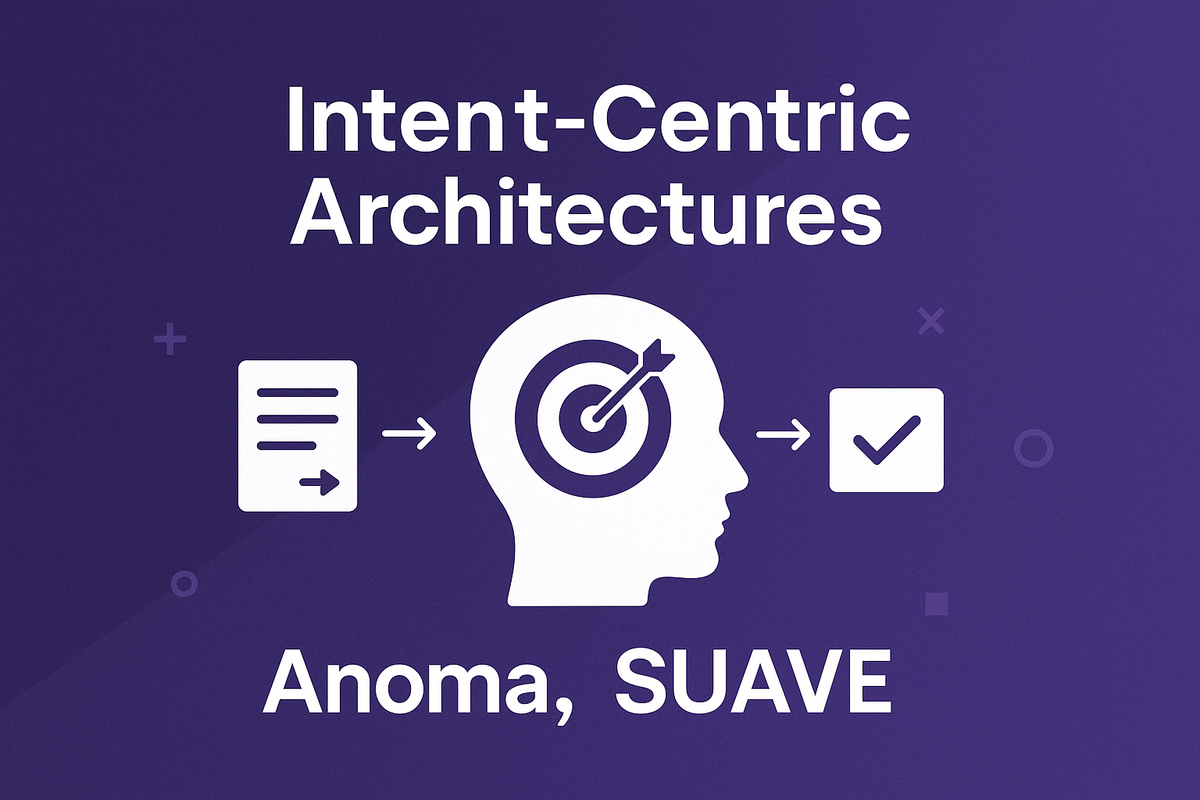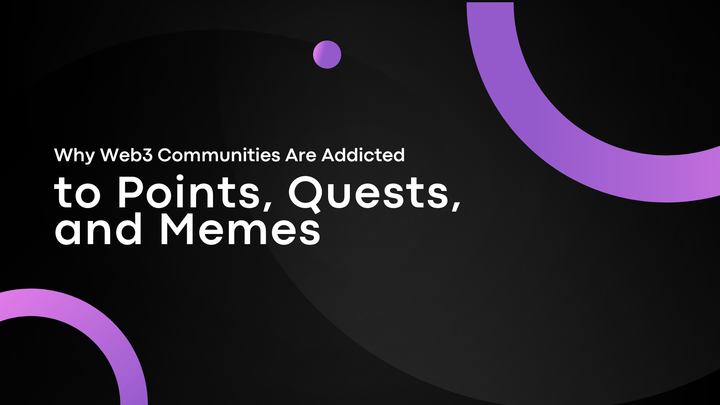Intent-Centric Architectures: Making Blockchains Smarter (Anoma, SUAVE )

What Are Intent-Centric Architectures?
Intent-centric systems flip the way blockchains usually work.
Instead of users sending exact transactions, they just say what they want to happen — their intent — and the system figures out the best way to make it happen.
It’s like telling your phone, “Book me the cheapest flight,” instead of picking the exact airline and route yourself.
Traditional Blockchains vs Intent-Based
- Traditional: You write the full transaction — who, what, how.
- Intent-based: You only describe the goal — the system fills in the rest.
This approach improves:
- User experience
- Privacy
- Efficiency
- Fairness in trading
Anoma: A Full Intent-Based Protocol
Anoma is a blockchain built around intents.
- Users publish their intents (e.g., “I want to swap token A for B”).
- The network finds matching users and executes the best possible trade.
- It supports private bartering, multi-party trades, and zero-knowledge privacy.
Anoma is trying to make finance feel more like a conversation, not code.
SUAVE: Privacy + MEV Protection by Flashbots
SUAVE (Single Unifying Auction for Value Expression) is built by Flashbots, known for tackling MEV (Maximal Extractable Value).
- It separates block building from the blockchain itself.
- Users submit intents privately.
- SUAVE matches these intents fairly and with privacy.
- It protects users from front-running or unfair priority in trades.
SUAVE brings secure intent handling to any blockchain, not just one.
Why Intents Are a Big Deal
Intent-based systems can:
- Improve trading outcomes
- Protect against bots and MEV
- Make wallets simpler to use
- Enable more complex coordination (like atomic swaps across chains)
They open the door to a smarter, fairer, and more private crypto world.
Final Thoughts
Anoma and SUAVE are leading the shift toward intent-centric blockchains — where users just say what they want, and the network makes it happen.
It’s like upgrading from manual driving to autopilot in crypto.
The future of blockchains could be intent-driven — and these projects are paving the way.



Comments ()